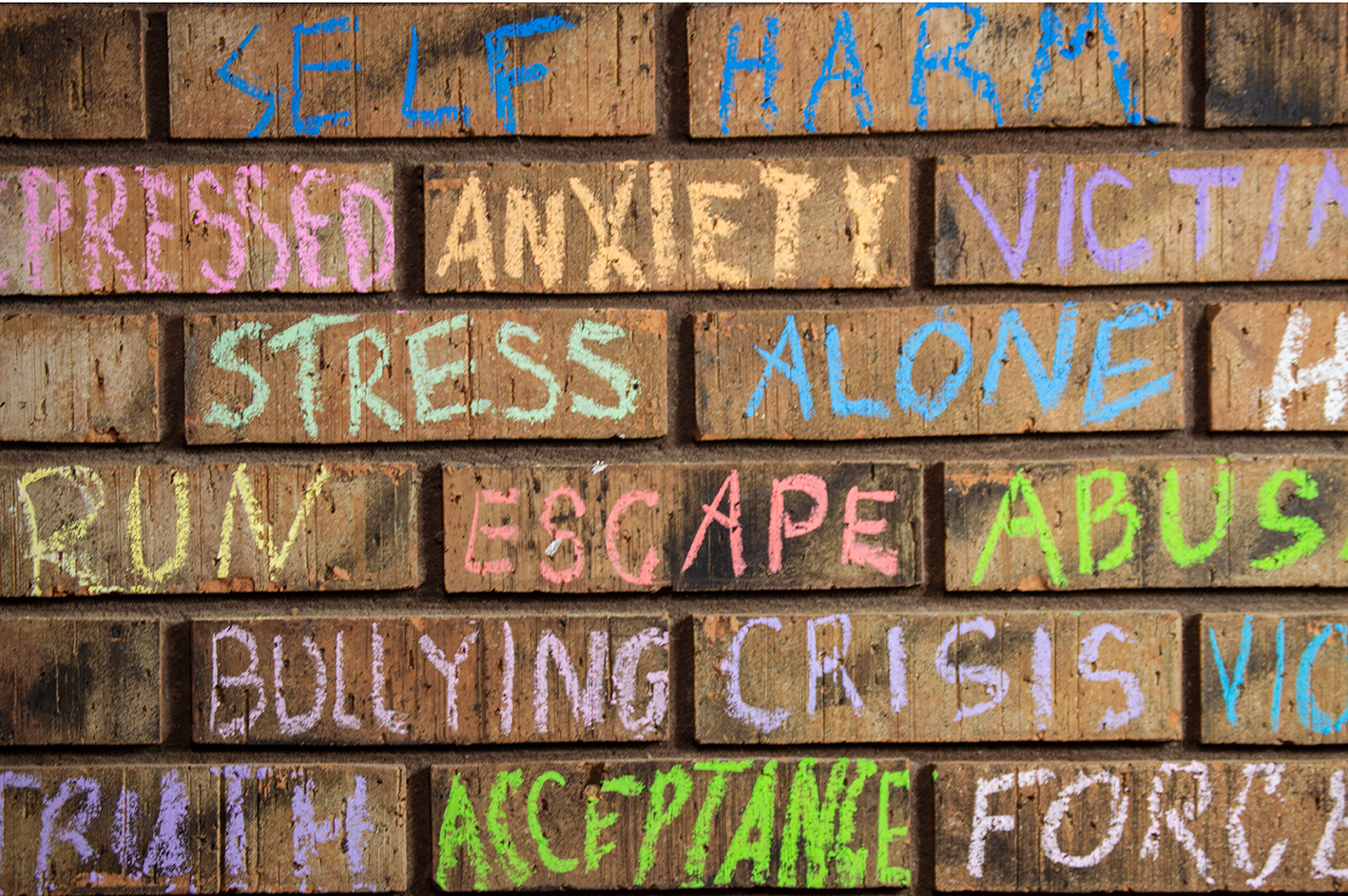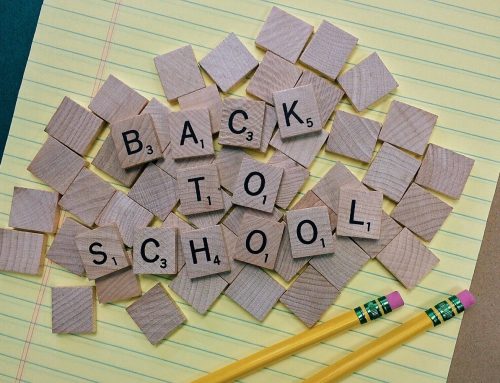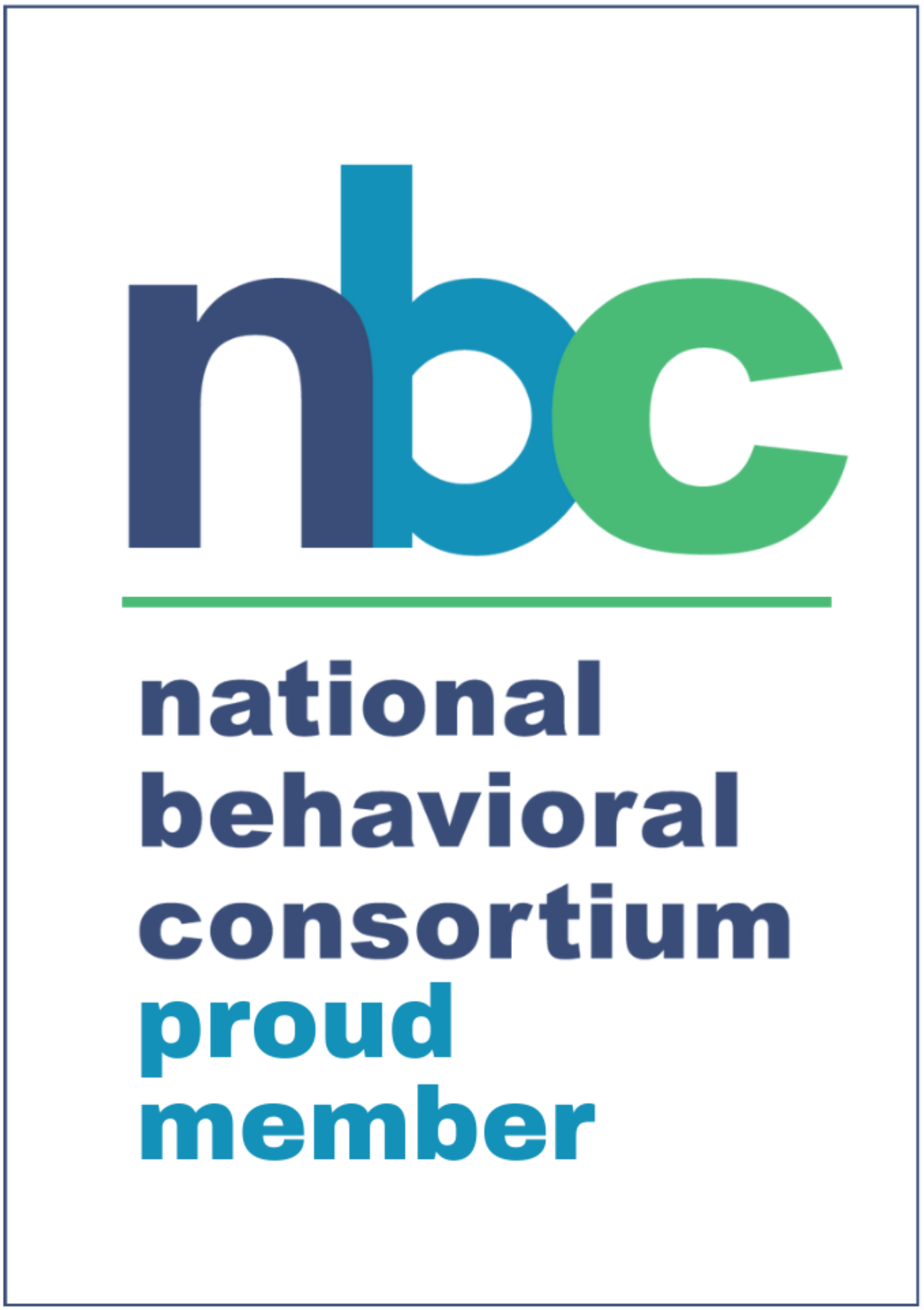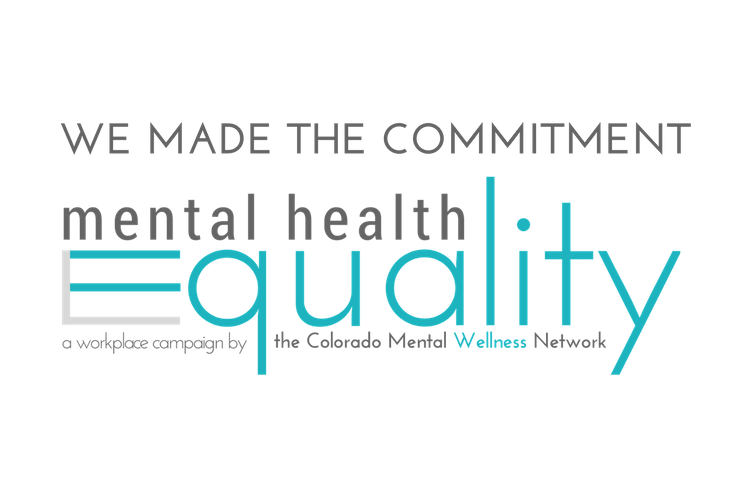March is Self-Harm Awareness Month, and at MINES, we’re dedicated to opening conversations about mental health – even the difficult ones. Self-harm rates are rising across the country. Although people of all ages self-harm, unfortunately, our young people (adolescents and young adults) are at the highest risk.
Today, we’re spreading awareness about self-harm, including the causes, warning signs, and tips to help a young person you love.
What is self-harm (non-suicidal self-injury)?
Self-harm is when someone intentionally hurts themselves physically. The clinical name for self-harm is non-suicidal self-injury (NSSI). Not every incident of someone hurting themselves falls under the umbrella of NSSI; some people hurt themselves because they are suicidal. Non-suicidal self-injury describes when someone hurts themselves
The most well-known method of non-suicidal self-injury is cutting, or when people make shallow cuts on their skin. But cutting is far from the only method; others harm themselves by:
- Biting skin
- Scratching themselves
- Hitting their head against a wall
- Punching themselves
- Pulling out hair
- Burning themselves with matches or cigarettes
- Poking objects through the skin
Young people – children, adolescents, and young adults – are at the highest risk of self-harm. Research shows that over 25% of teens aged 12 to 16 had thoughts of self-harm, with at least 15% acting on these thoughts. Unfortunately, studies have shown that self-harm rates among youth increase each year, with self-harm rates among girls increasing at an especially alarming rate.
However, it’s important to keep in mind that anyone can self-harm, including boys and older adults.
Why do people self-harm?
Self-harm is highly misunderstood; many people mistake self-harm as a form of suicidal behavior. However, self-harm, at least behaviors that fall within the umbrella of non-suicidal self-injury, is not an attempt to end one’s life.
People self-harm for various reasons. Some of the most common reasons include:
- To try to feel something when they feel emotionally numb
- To distract from emotional pain by causing physical pain
- To distract their mind from upsetting thoughts or memories
- To release powerful emotions like loneliness, despair, or anger
- To punish themselves for perceived faults, mistakes, or inadequacies
- To regain a sense of control over their life
- To try to cope with a difficult experience like bullying
- Because self-harm has been so normalized among their peers
Some people don’t know why, exactly, they self-harm. This is normal.
Even though self-harm itself isn’t a suicidal behavior, research shows that teens who have self-harmed are over 3 times more likely to attempt suicide in the future than those who have never self-harmed. Young people also often accidentally put themselves in life-threatening situations while self-harming (for example, by cutting themselves deeper than they intended). Self-harm is a sign that someone is in severe emotional distress, and needs to be taken seriously.
Warning signs of self-harm
One of the first steps to helping someone who self-harms is to notice the signs. When you educate yourself on the warning signs of self-harm, you’re more likely to realize when a loved one is engaging in it.
Self-harm doesn’t have a “look,” just like depression or anxiety don’t have looks. People of any gender or age can self-harm, but young people are at higher risk.
Here are some warning signs of self-harm in teens to look out for:
- Scars (cuts, scabs, bruises, or burns), often found in clusters or patterns
- Frequent unexplained wounds or cuts
- Making excuses for wounds or cuts
- Wearing long sleeves and pants, even when it’s hot out
- Traces of blood on clothes or towels
- Suddenly seeking to do their own laundry or take out their own trash
- Hiding razors
- Withdrawing from friends and family
If a young person you love is showing these signs, then it could be that they’re self-harming – and need your support.
How to help a young person who is self-harming move towards self-love
It can be unfathomable and intensely painful to learn that someone you love, especially a teen or a young adult, is hurting themselves intentionally. It’s devastating to realize that they don’t see themselves as you see them, and you wish you could do something to help them love themselves.
Recovery from self-harm can be a long journey. It becomes an addiction in many ways; it brings temporary relief from emotional pain, and even though the person knows that it’s not a long-term solution, it may be difficult to stop.
But just because they can’t quit right away doesn’t mean that you can’t do anything to support them. A trusted adult’s support is essential for young people as they learn to love themselves and treat themselves with care.
Here are some ways you can support the young person in your life who is self-harming.
- Approach them first. It can be hard for young people to bring up the conversation. If you suspect they are hurting themselves, don’t beat around the bush. Ask them directly: “I noticed cuts on your arms. Are you hurting yourself?”
- Don’t judge, even if you don’t understand. The last thing a young person needs to hear is, “Why would you do this to yourself?” Statements like this can come from a place of caring but also tend to make young people feel misunderstood and judged.
- Focus on their pain. Acknowledge how much they must be emotionally suffering to hurt themselves in this way. Validate their feelings. Even if something doesn’t feel like a big deal to you, it’s still a big deal to them.
- Make your home safe. If the teen lives with you and is using objects, like razors, to hurt themselves, work with them to limit access to these objects.
- Connect to resources. Talk to your pediatrician to get a referral to a mental health provider. You can also get in touch with your Employee Assistance Program for referrals or counseling.
- Provide unconditional love. Let the teen know that you don’t see them differently and that their self-harm behaviors don’t change your love for them. Make it clear that your concern for them comes from love, not from shame or disgust.
There is hope. With support from a trusted adult, young people can successfully stop self-harming and learn to love themselves.
Self-harm resources for teens and young adults
If you struggle with self-harm, here are some resources that can help.
- To Write Love On Her Arms is a non-profit organization dedicated to supporting people who struggle with self-injury, depression, and suicide.
- A.F.E. Alternatives is a treatment program for self-harm that also provides a wealth of information and resources.
- The Trevor Project provides phone, text, and chat support for LGBTQ+ young people facing self-injury and other mental health challenges.
- The Adolescent Self-Injury Foundation provides resources for teens and their caregivers.
- The Crisis Text Line operates 24/7.
If you (or someone else) are having a mental health emergency, dial 988.
MINES & Associates EAP is available to employees as well as their household members. All family members can receive 24/7 confidential counseling support for issues like depression, stress, and more. In addition, we provide 4 parental coaching sessions per year to teach you how to better support your teen or young adult who may be self-harming.
Take advantage of this free resource and get in touch with us today.
To Your Wellbeing,
The MINES Team











Leave A Comment